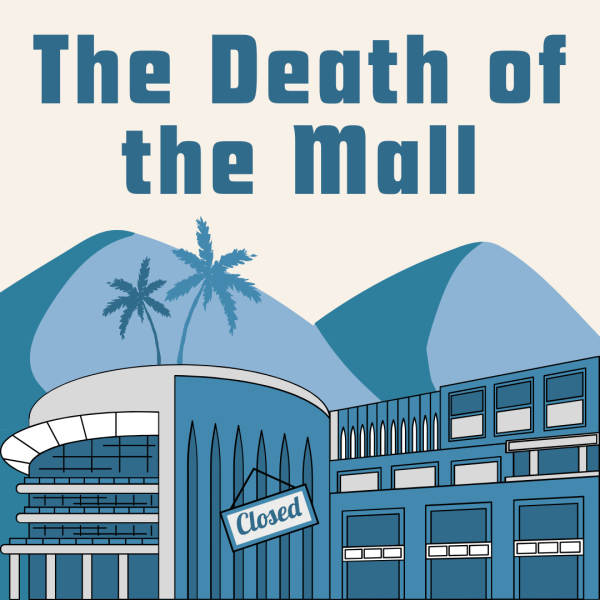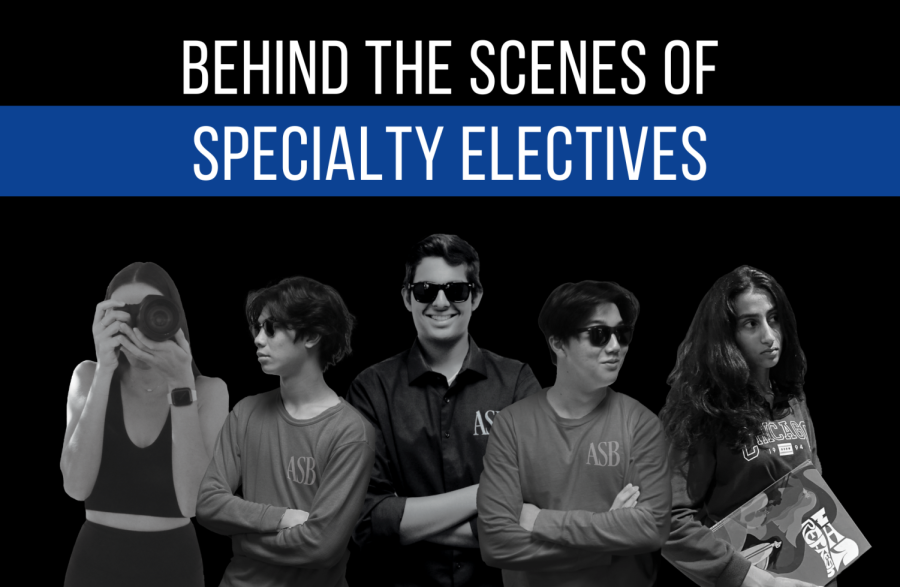 In recent years, we have witnessed a dramatic transformation in the way we shop, socialize and spend our leisure time. With the surge of technology and the rise of the digital era, the once bustling and thriving centers of community and consumerism have now declined in relevance and foot traffic. As social media becomes the primary way teens interact and the norm switches to alternatives like online shopping and thrifting, the well-known mall experience is fading. This shift is not merely a reflection of changing consumer habits and culture; it represents a long-term loss of community that we can no longer ignore.
In recent years, we have witnessed a dramatic transformation in the way we shop, socialize and spend our leisure time. With the surge of technology and the rise of the digital era, the once bustling and thriving centers of community and consumerism have now declined in relevance and foot traffic. As social media becomes the primary way teens interact and the norm switches to alternatives like online shopping and thrifting, the well-known mall experience is fading. This shift is not merely a reflection of changing consumer habits and culture; it represents a long-term loss of community that we can no longer ignore.
Walking through our local mall, it is hard not to feel a sense of nostalgia and disappointment. What used to be an old hangout spot for teens, now has countless empty stores as well as recently shut down shops, restaurants and stalls, leaving teens reluctant to visit. Even prominent brands struggled to keep up with the rising prices and rent of malls due to the lack of consumers within the mall and closed. The decline of mall culture impacts small businesses making it increasingly difficult to thrive, further establishing a landscape of closed shops and vacant spaces that once buzzed with life.
The rise of the COVID-19 pandemic during 2020 stunted many shop owners and restaurants due to the mall’s complete closure- effects that continued to linger years later. Former Potato Corner owner Jocelyn Lim reflected, “COVID-19 was the greatest factor in the decrease in profit from our business. After returning from the long quarantine, we saw a rapid dip in the amount of people going to the mall, overall leading to our decision to give up our store.”
However, it is not just business owners who are feeling this effect but also consumers. Sophomore Brianne Loyola shared, “The memories I’ve made in the mall with friends was by going on shopping sprees and having to struggle to carry our bags, but now we don’t even bother looking through the stores because we know that they don’t have as many clothes that are ‘up to date’ with trends and our style.” This sentiment echoes the shared experience that once defined our teenage years; experiences that are now being replaced with the isolationist nature of social media and online shopping. Due to the decrease in activity, what was known as the Westfield Valencia Town Center since 2003 is now back to being known simply as Valencia Town Center. The Real Deal reported on their real estate news website that this switch was made after the management was transferred from the Westfield Group to Centennial Realty in 2023 in order to avoid foreclosure.
In the Santa Clarita Valley, the mall was once the central hub where students would meet after school or socialize on the weekends. Whether shopping or not, the main part of the experience was walking around and connecting with friends. “What used to be a fun spot for us to spend hours wandering around, window shopping, grabbing snacks and just having a good time, now feels like a place with nothing new to offer,” sophomore Sophia Maghirang reminisced.
Technology and social media have opened new opportunities for interaction, but at what cost? Playing a leading role in the death of the mall, new ways to shop and socialize have started to stagnate previous manners of social interaction. Instead of meeting at the mall, teens are opting for the comfort of their homes, scrolling through Instagram, sending Snaps on Snapchat and shopping via TikTok shop. The pandemic only furthered this tradition of digital reliance, pushing customers toward the convenience of online shopping. While forced into quarantine, online shopping became an integrated aspect of our lives. Sophomore Sophie Boyadjian summed up this trend simply: “It’s just easier to order stuff and have it delivered, so COVID made me stop caring about malls as much.”
In addition to online shopping, other alternative shopping methods such as thrifting have risen in popularity due to the recycling of fashion trends. Rather than going to malls to buy mass produced name clothing brands, people have shifted their attention to thrift stores and flea markets to light their fashionable sparks and discover unique antiques at prices that retail stores have trouble competing with. According to online thrifting website Thred Up, “Currently, 83% of Gen Z Americans already shop or are willing to thrift secondhand items, and by 2027, Gen Z will account for approximately 28% of the secondhand market.”
Although options like thrifting and online shopping have risen in popularity, malls still provide a unique experience. Junior Allison Chen pointed out, “I like that malls give me a chance to try on clothes without having to worry about returning the item and paying for shipping. It helps decide if I really want the item or not.” Going to the physical store also takes away the need to spend a certain amount of money in order to qualify for free shipping.
Yet, in this era of convenience, we are sacrificing something invaluable: the human connection that comes from shared experiences. While online shopping and social media offer convenience and efficiency in an increasingly fast paced world, they cannot replace those feelings of being swarmed by people for Black Friday sales, being drawn in by the smell of pretzels and cinnamon rolls in the food court or accidentally running into friends on a random Saturday afternoon.
It is time to bring back the mall culture that most people seem to have forgotten with the rise of technology. For teens, “the mall” is not just a place to shop, but a place where memories are made and relationships are strengthened. Apart from owing it to ourselves, we owe it to our future generations to ensure that these community experiences are not lost to the convenience of a click.




